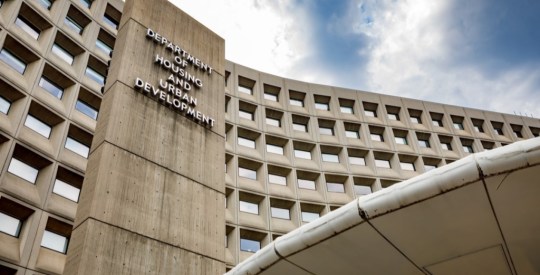Did everyone have a great New Year’s Eve celebration? Yes, no, kinda?
Well, this article won’t help cure your mortgage lending hangover.
Early on into 2019, the government remains partially shutdown, and request-for-information emails to some federal housing authorities are getting bounced back to HousingWire newsroom staffers, so it’s an inauspicious start.
So let’s start with some good news: interest rates are not going through the roof in 2019. However, according to Capital Economics in a note to clients today, this remains nothing to get too excited about. For example, even as tech continues to replace processing jobs in mortgage lending, the cost efficiency has yet to translate into more mortgages.
“The drop in mortgage applications in December, even as interest rates saw further falls, supports our view that lower financing costs will not be enough to boost housing market activity in 2019,” writes Capital Economics Property Economist Matthew Pointon.
“A slowing economy and moderation in house price expectations will act to keep mortgage demand and home sales flat over the next year or so,” he added, with a belated ‘Bah, humbug,’ probably. And, as it stands, there is this one, clear indication of a looming slowdown and a big potential for recession that we will be watching this year.
Where are rates going in 2019? According to this (Warning: tiered paywall) WSJ article, the Federal Reserve predicted two more rate hikes in 2019, but federal funds futures show a 91% chance the rate will be the same or lower at the end of the year.
According to today's Structured Finance Credit Update from S&P Global Ratings, a recent Duke University/CFO Global Business Outlook shows roughly half of U.S. finance chiefs believe the economy will slide into recession by the end of 2019. Americans are paying 5.6% of their disposable income servicing non-mortgage debt, a figure that has been mostly rising since 2012.
Nevertheless, the update states that both the household debt service and financial obligation ratios are well below historical norms. One concern is the massive $1.5 trillion student loan burden as outlined by S&P Global Ratings' John Anglim, in his paper As U.S. Student Loan Debt Bubbles Past $1.5 Trillion, Federal Lenders Are Pressed To Get Borrowers To Pay Down Their Loans Faster (available here).
Anglim asks this important, final question: “If borrowers can’t pay down their student-loan debt now, in a time of relative economic prosperity, what will happen during the next economic downturn?”



